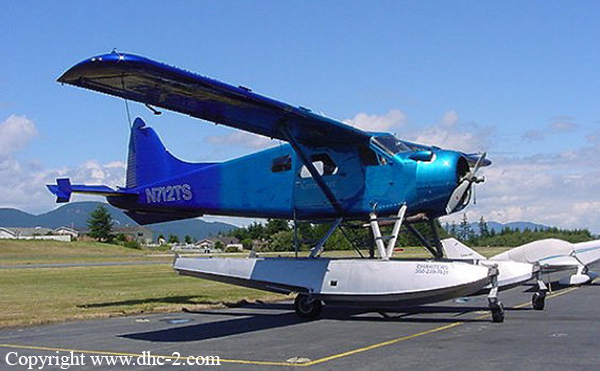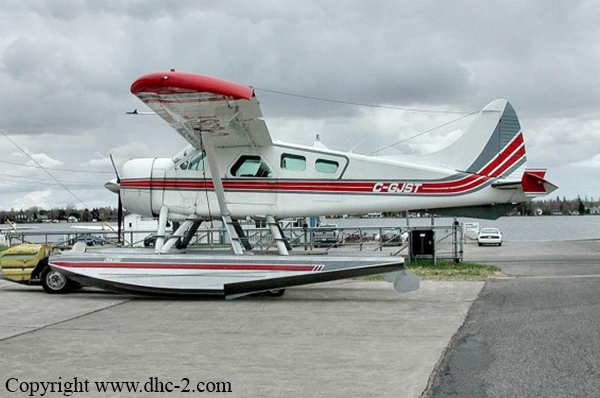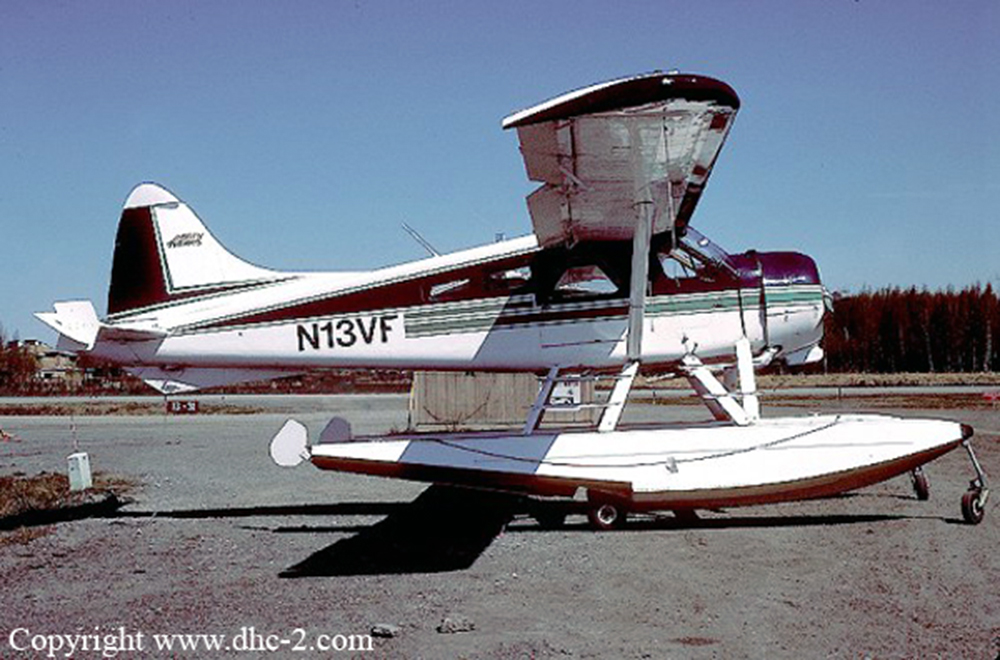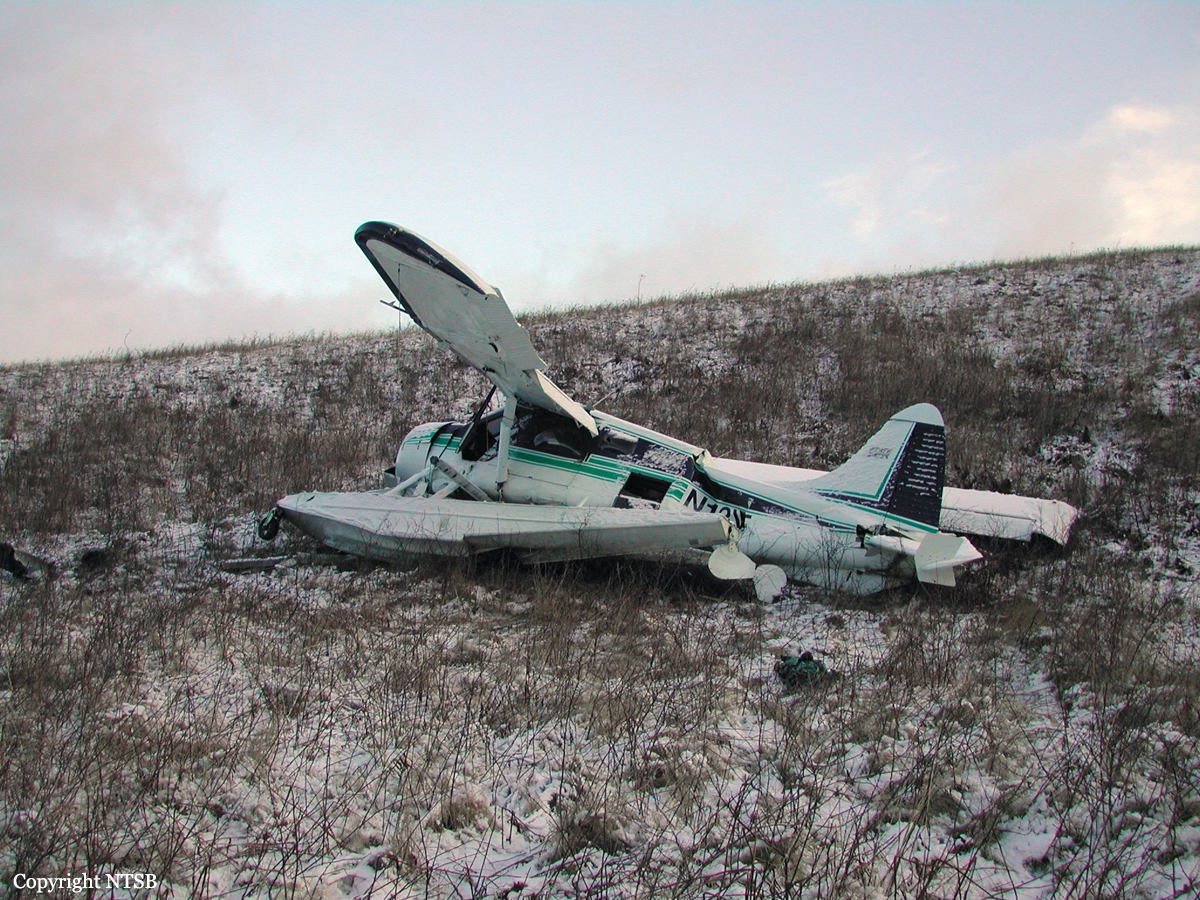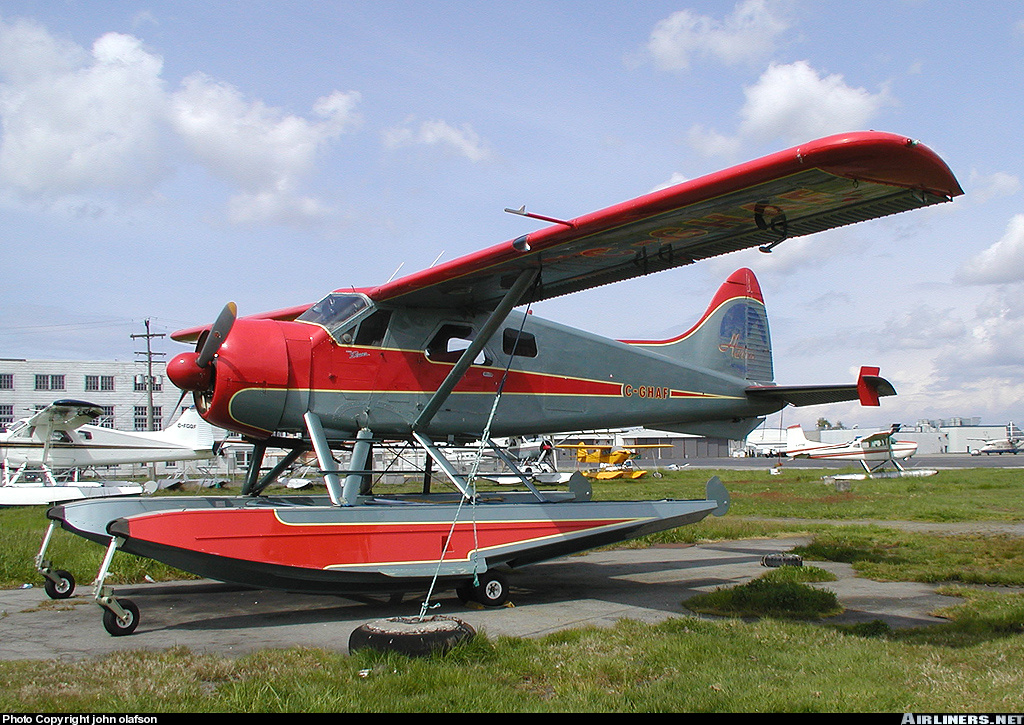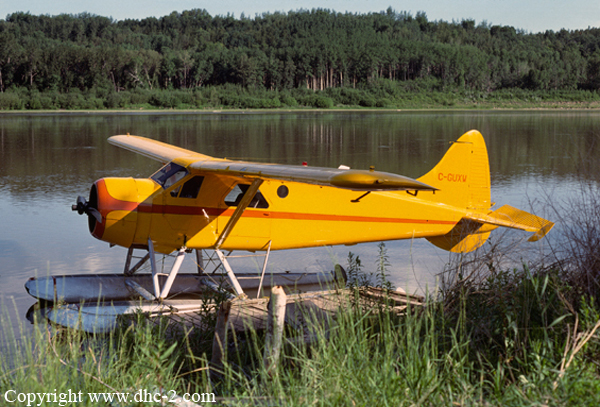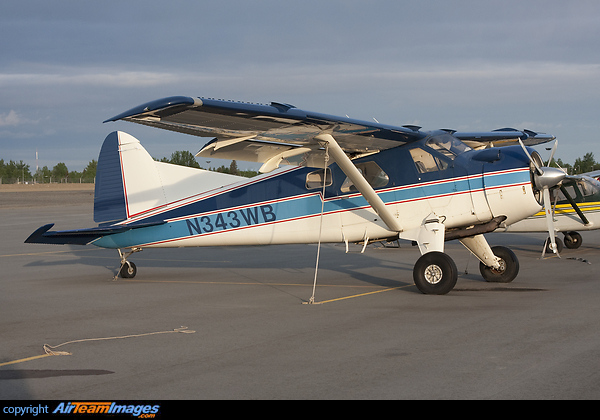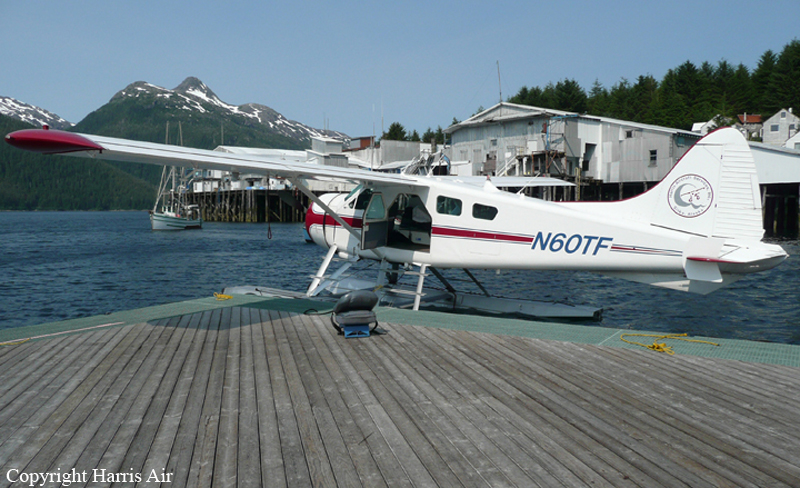Crash of a De Havilland DHC-2 Beaver off Quadra Island: 5 killed
Date & Time:
Feb 28, 2005 at 1916 LT
Registration:
C-GAQW
Survivors:
No
Schedule:
Campbell River – Frances Bay – Knight’s Inlet – Frances Bay – Campbell River
MSN:
1353
YOM:
1959
Crew on board:
1
Crew fatalities:
Pax on board:
4
Pax fatalities:
Other fatalities:
Total fatalities:
5
Circumstances:
The single engine aircraft departed Campbell River on a night flight to Knight's Inlet with four passengers and one pilot on board. As it failed to arrive at destination, SAR operations were initiated by RCAF & RCMP but no trace of the airplane and its occupants was found. On 15 of July 2005, the wreckage was found at a depth of 260 metres of Quadra Island by the families of the victims. TSB did not proceed to any investigations for this occurrence.




